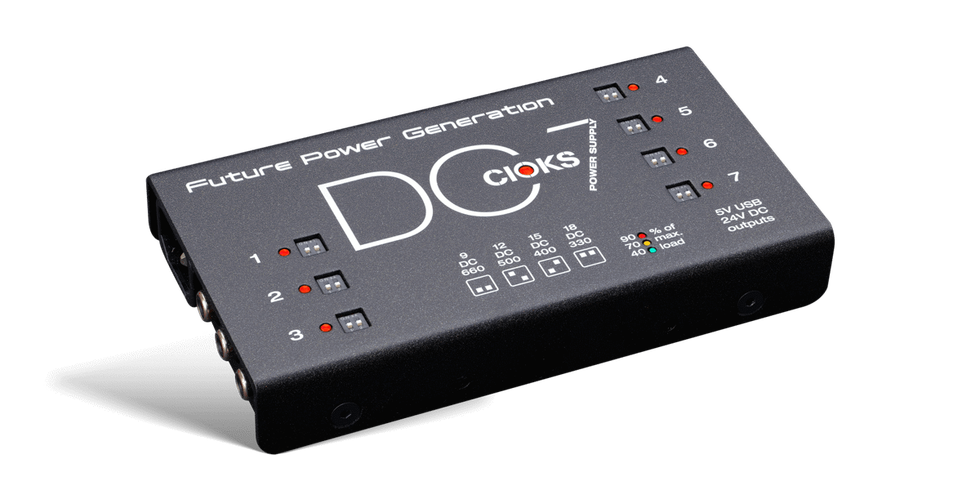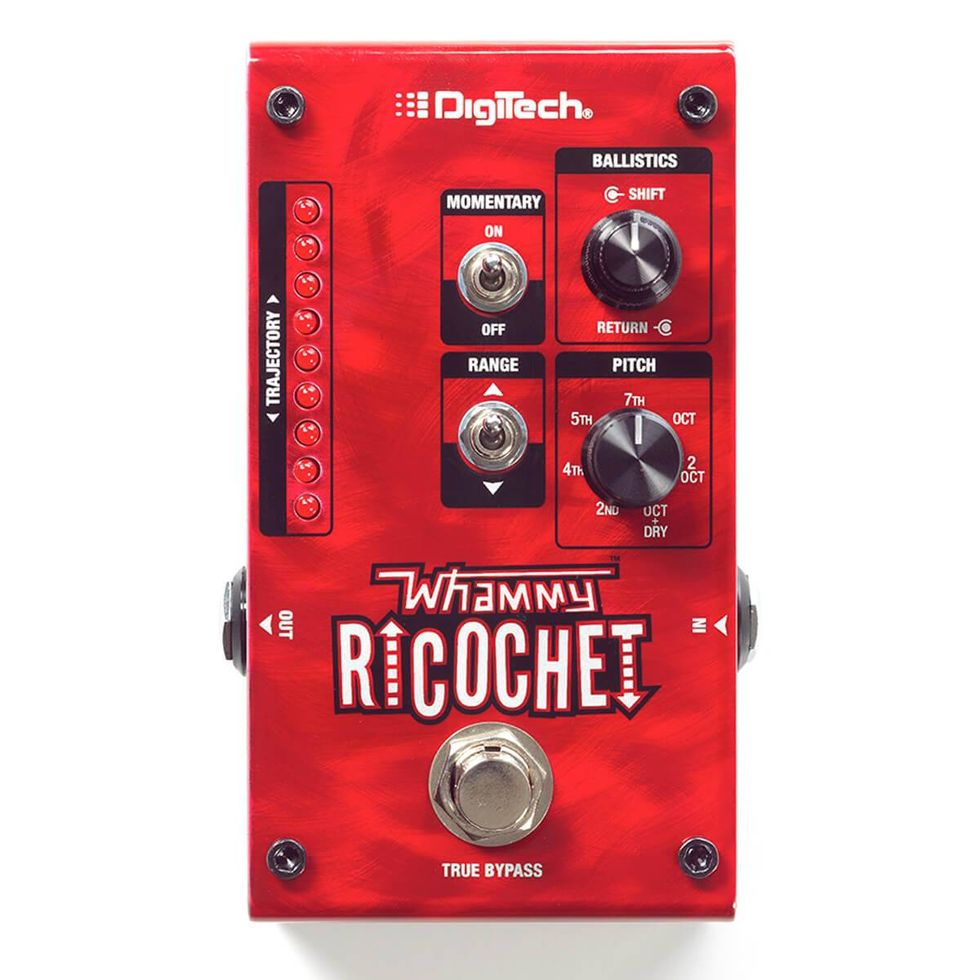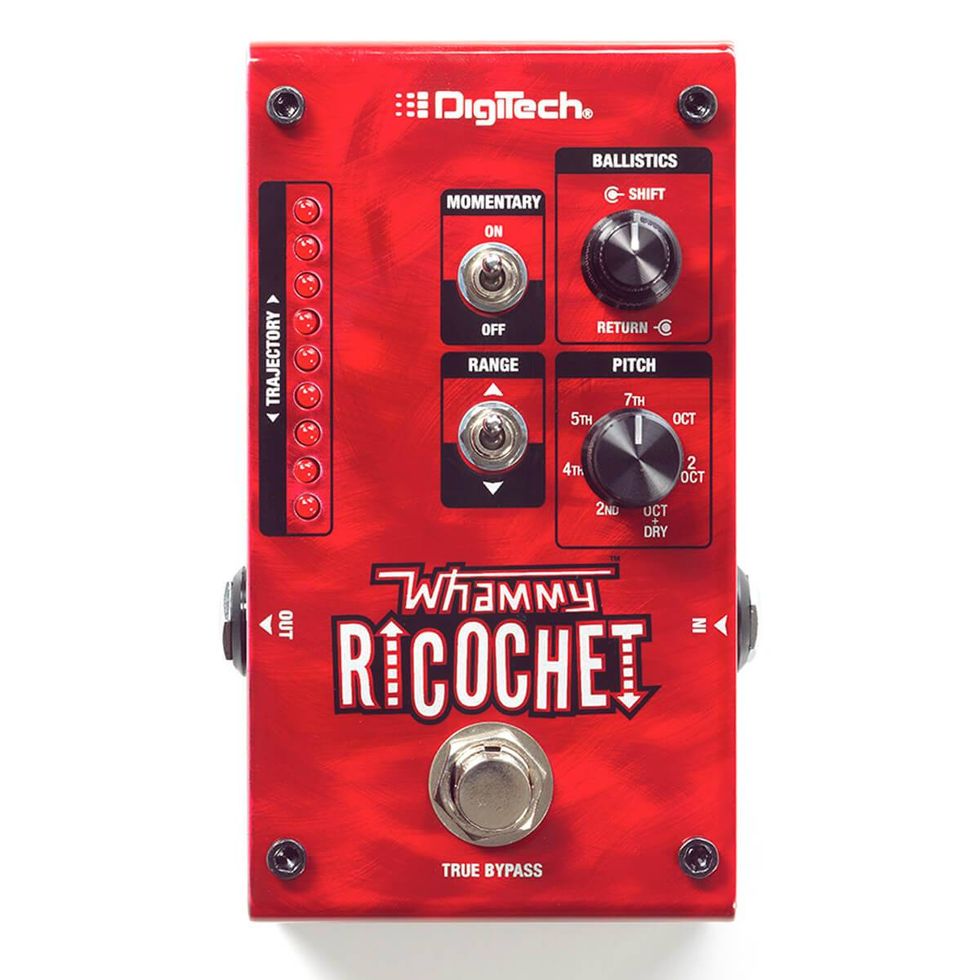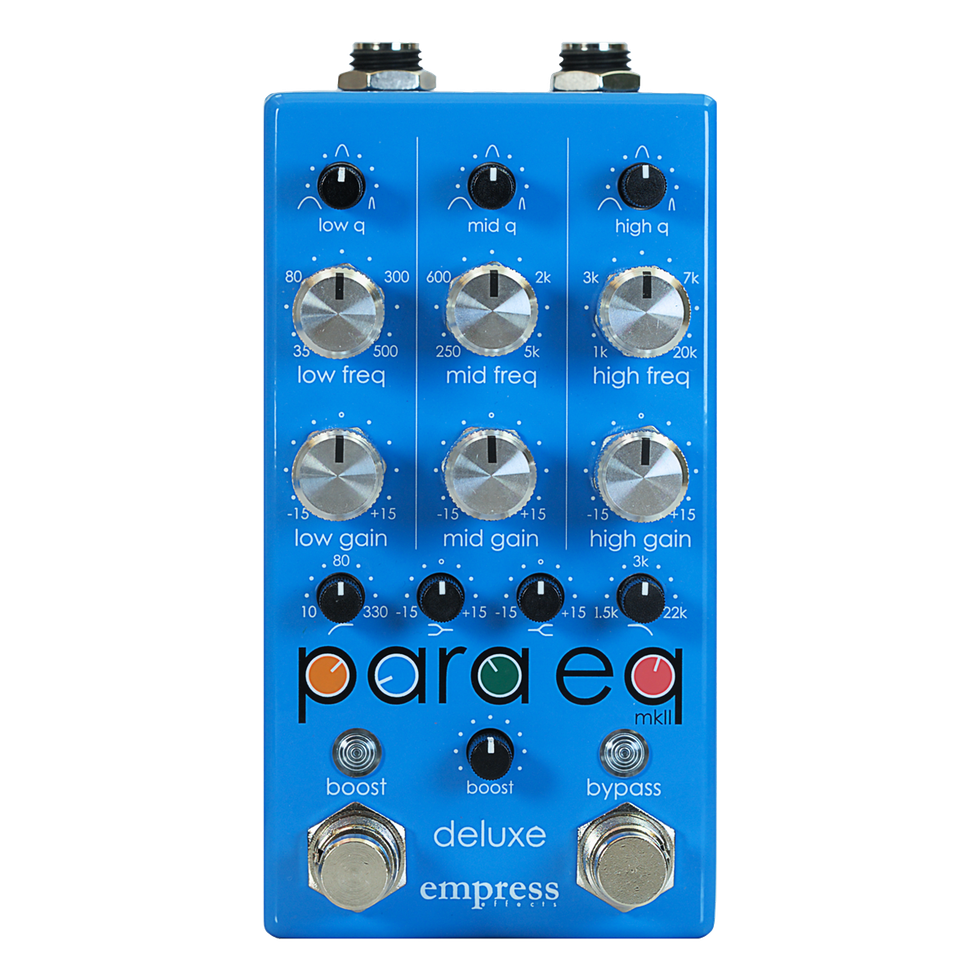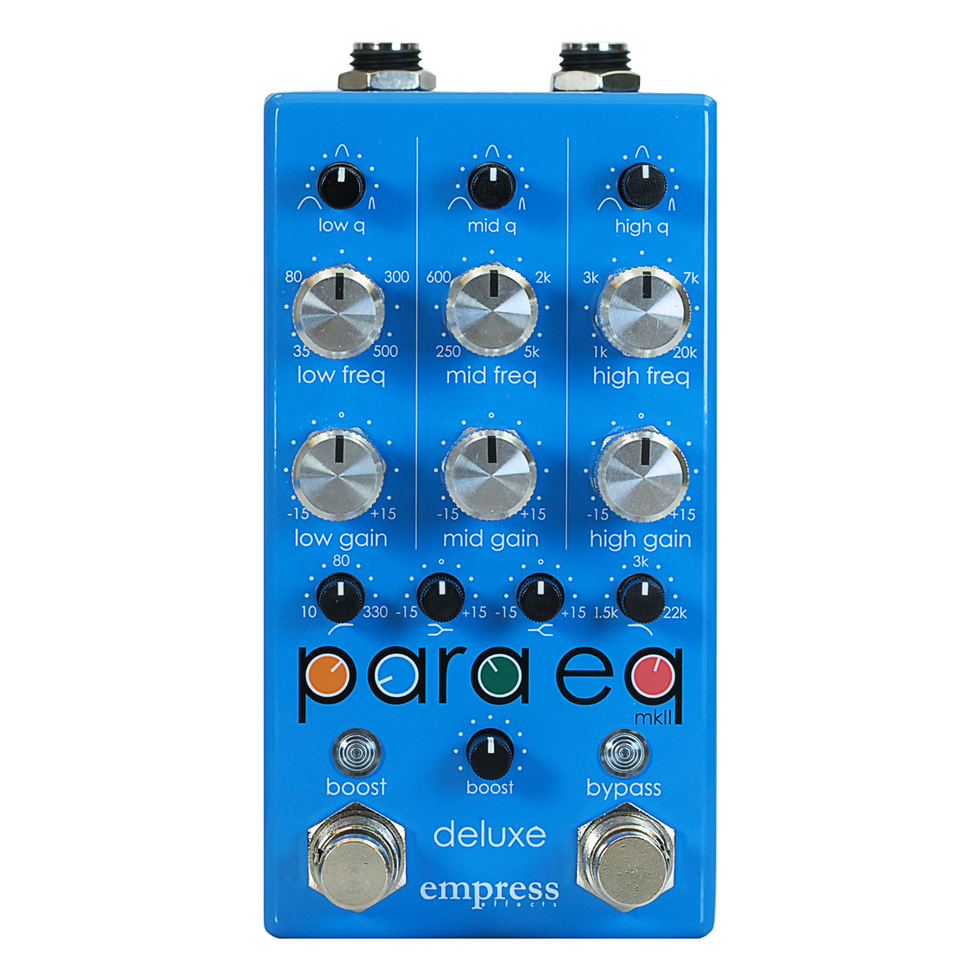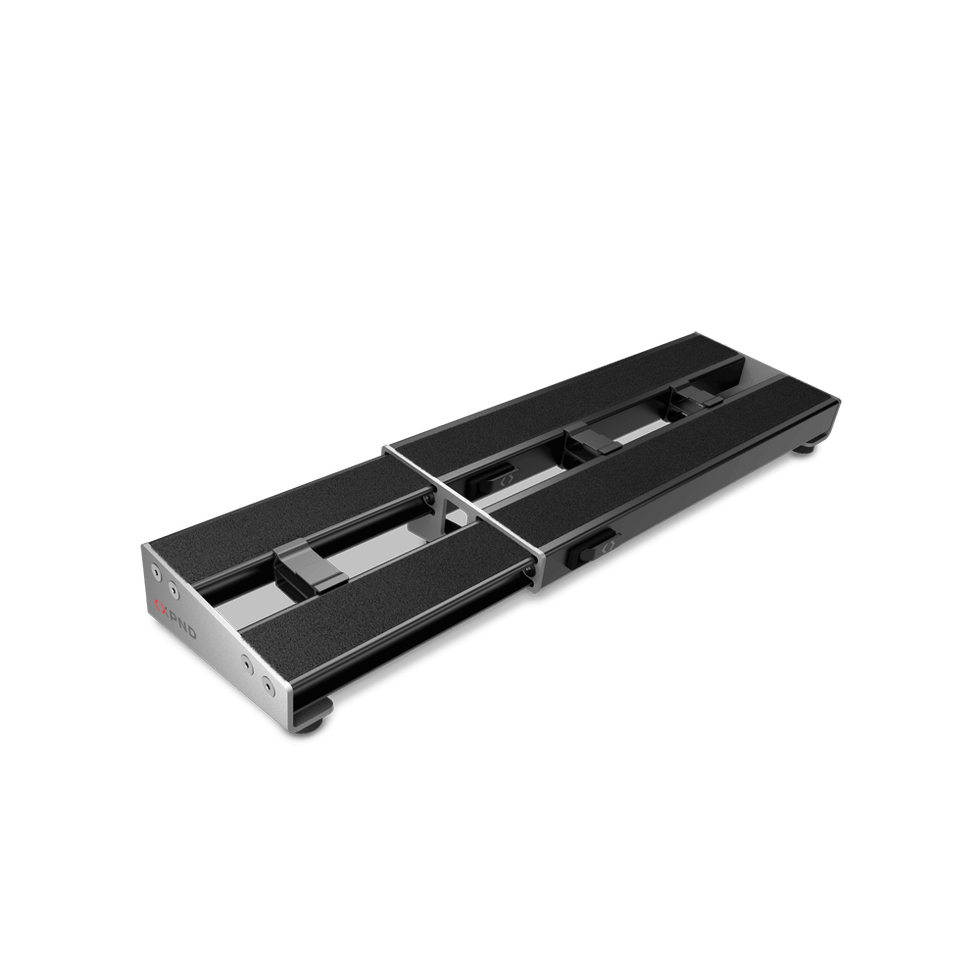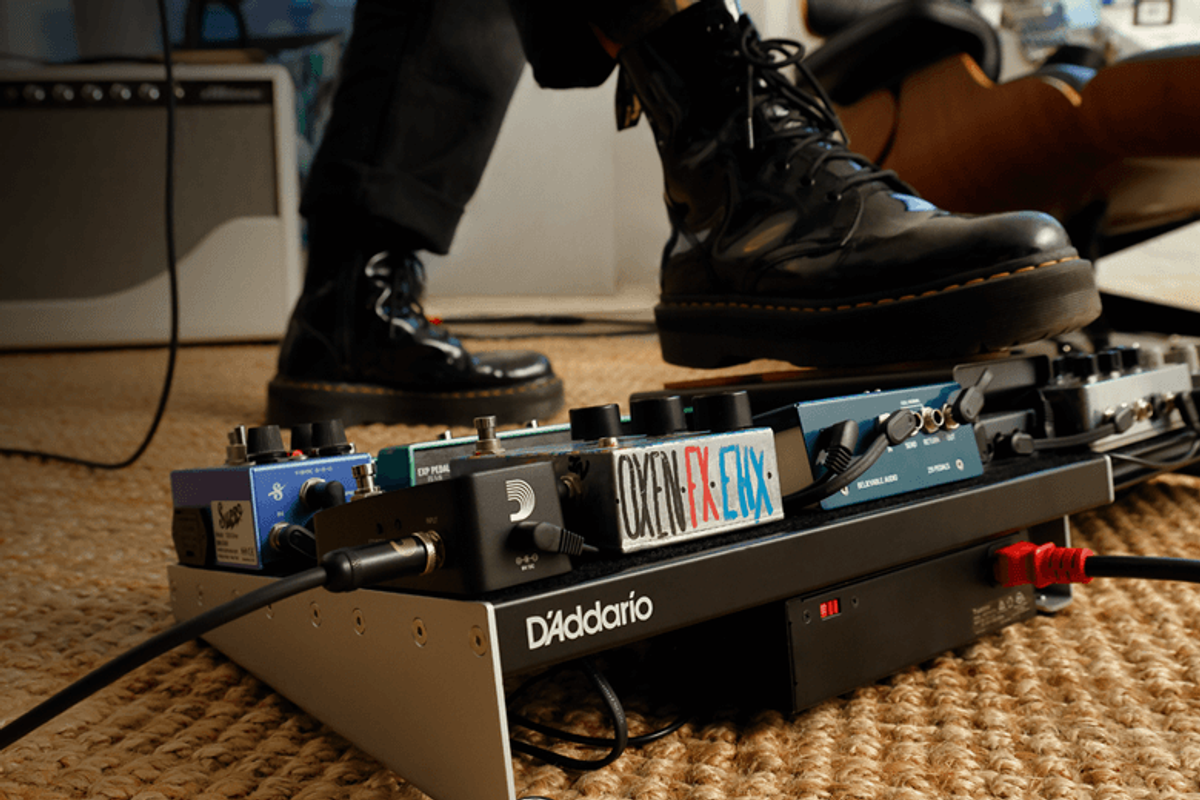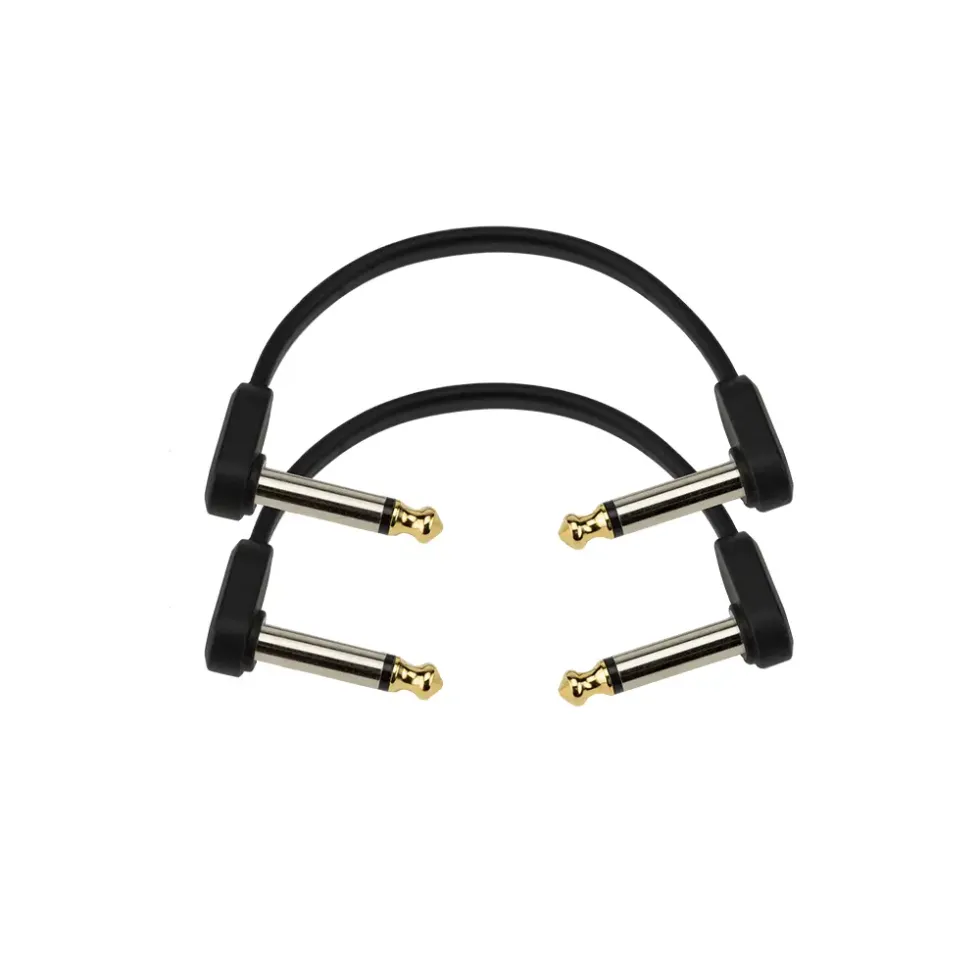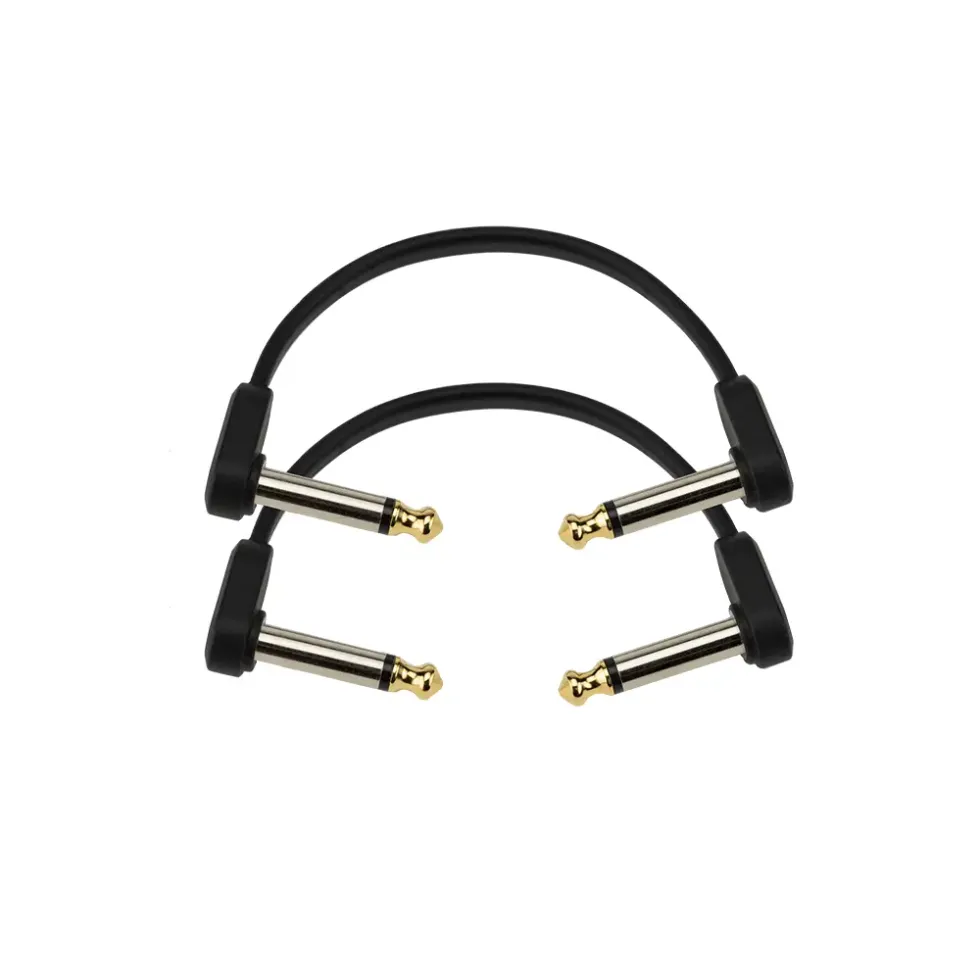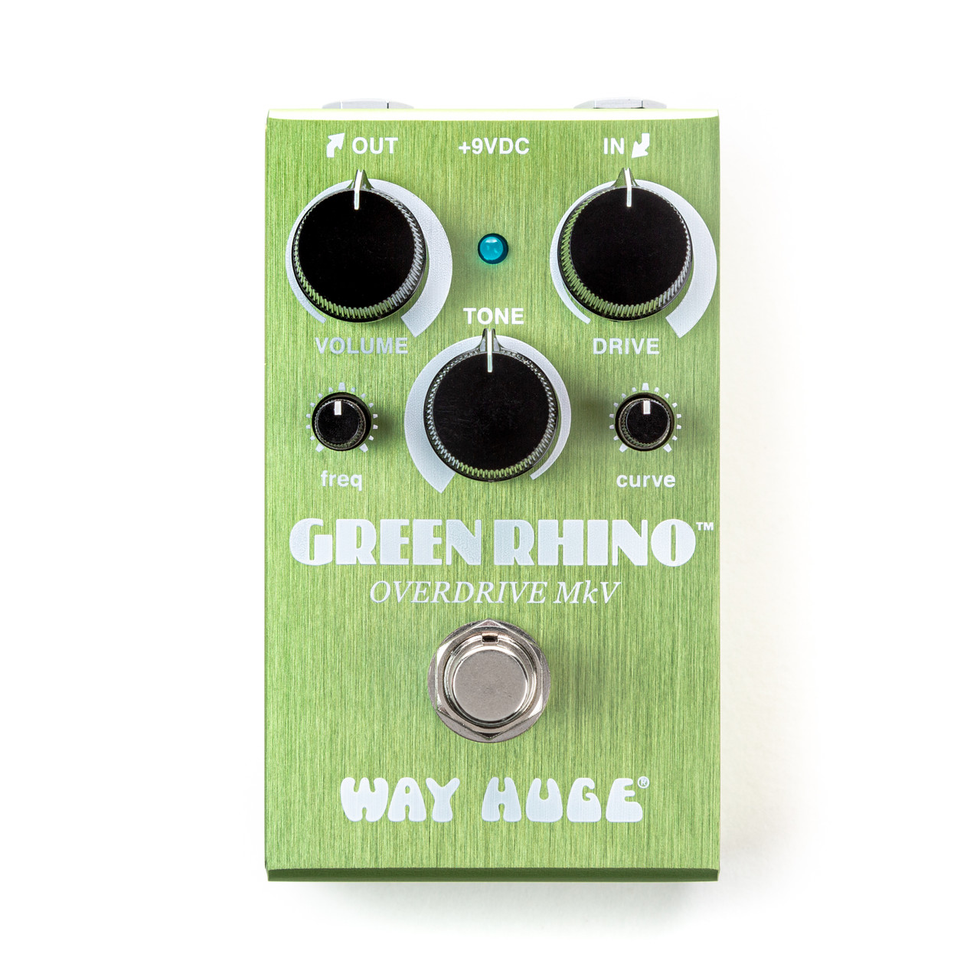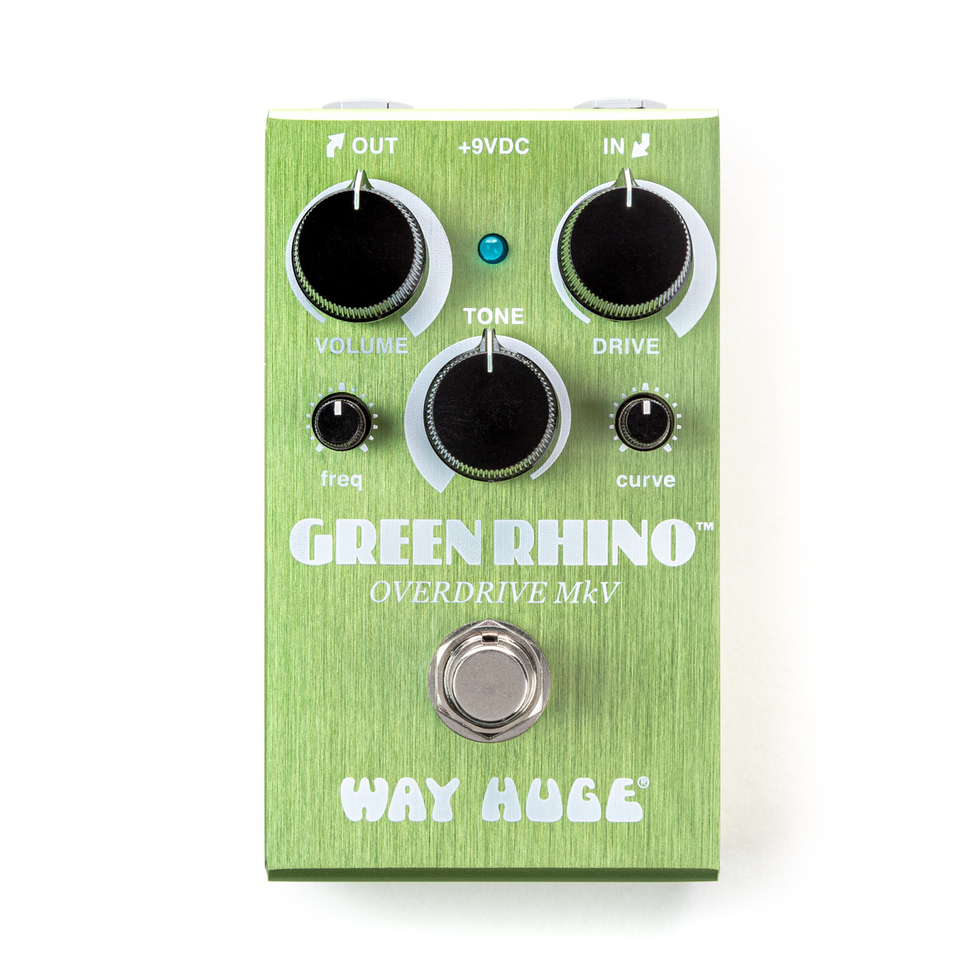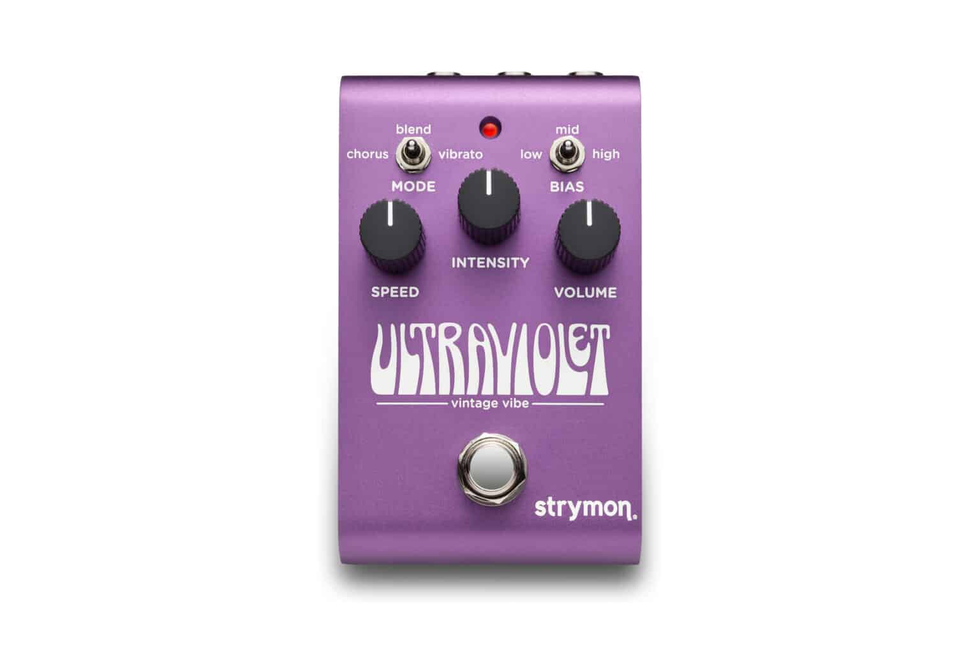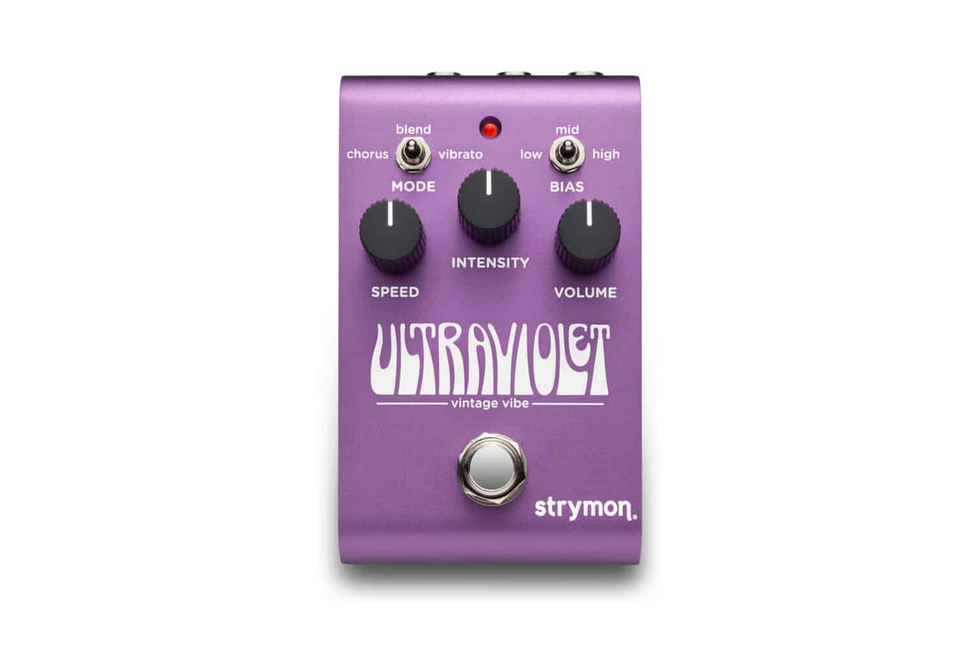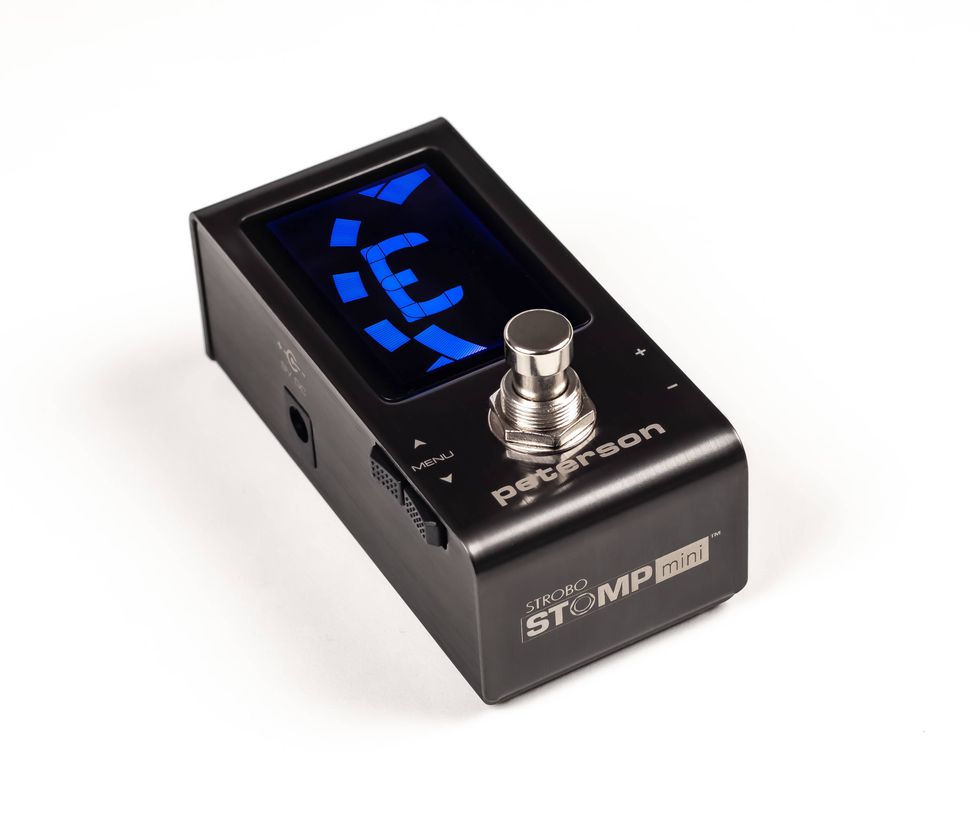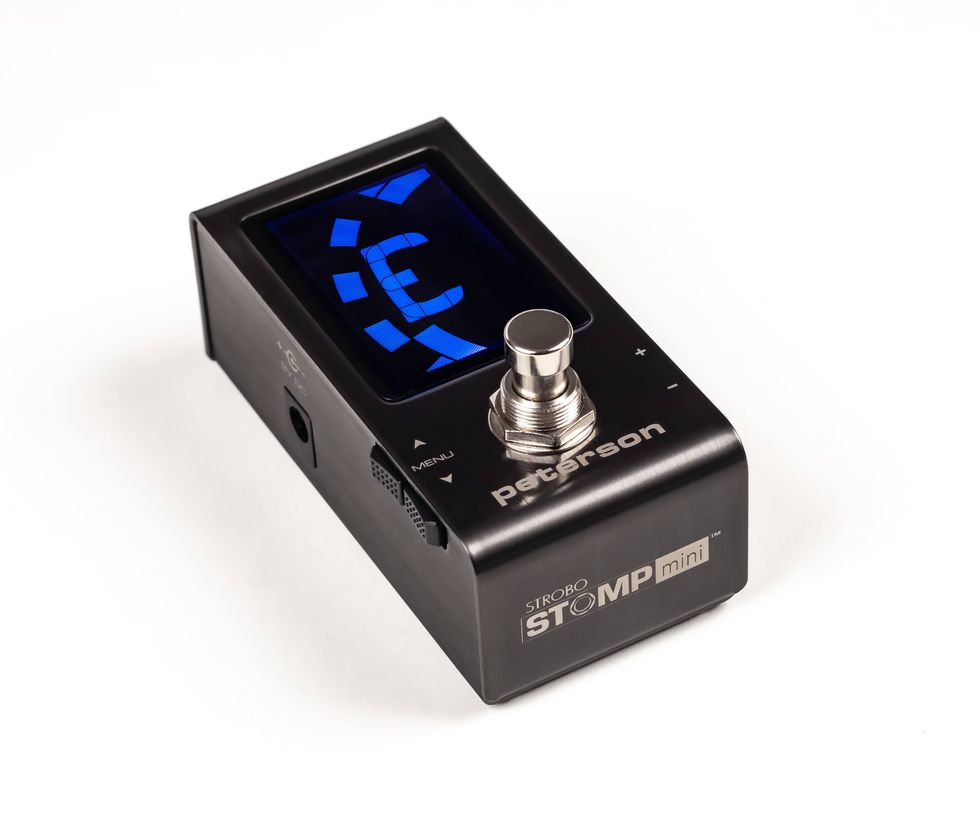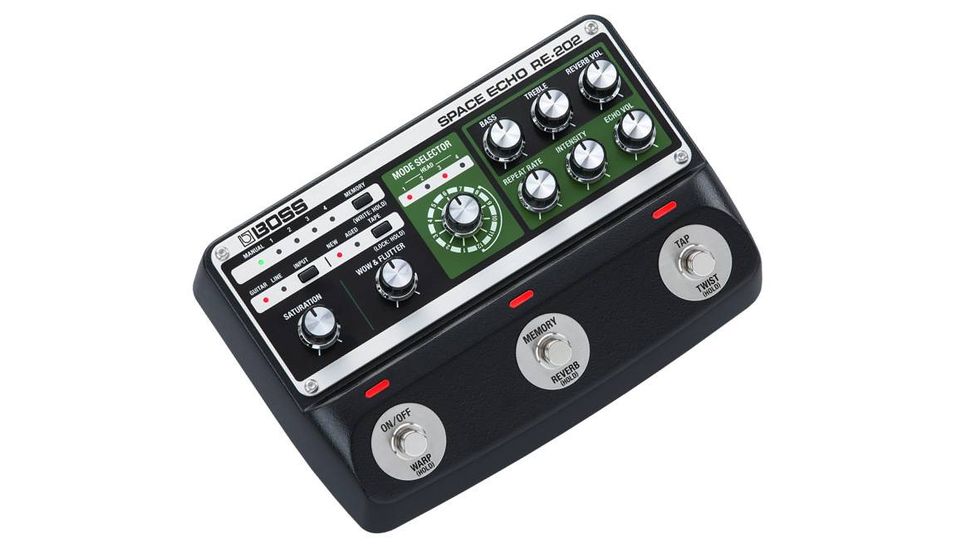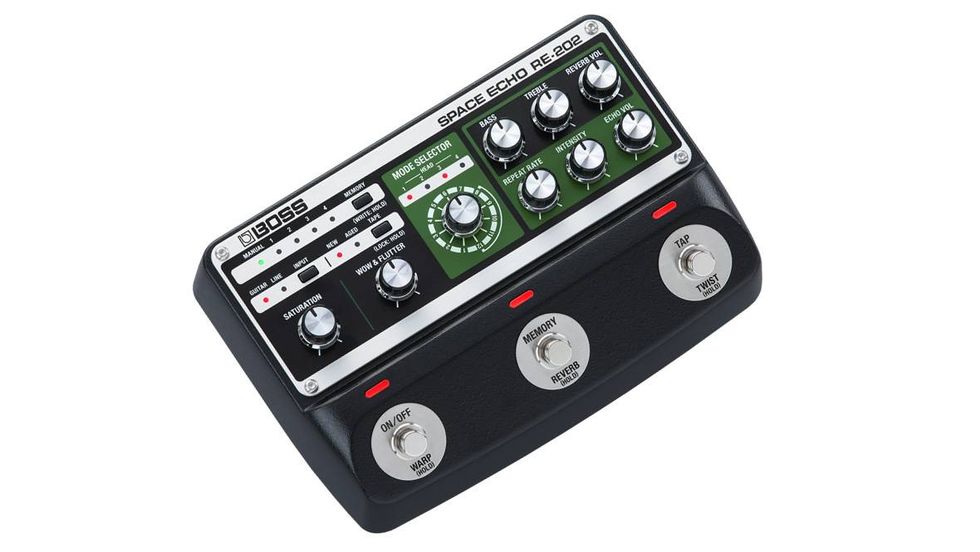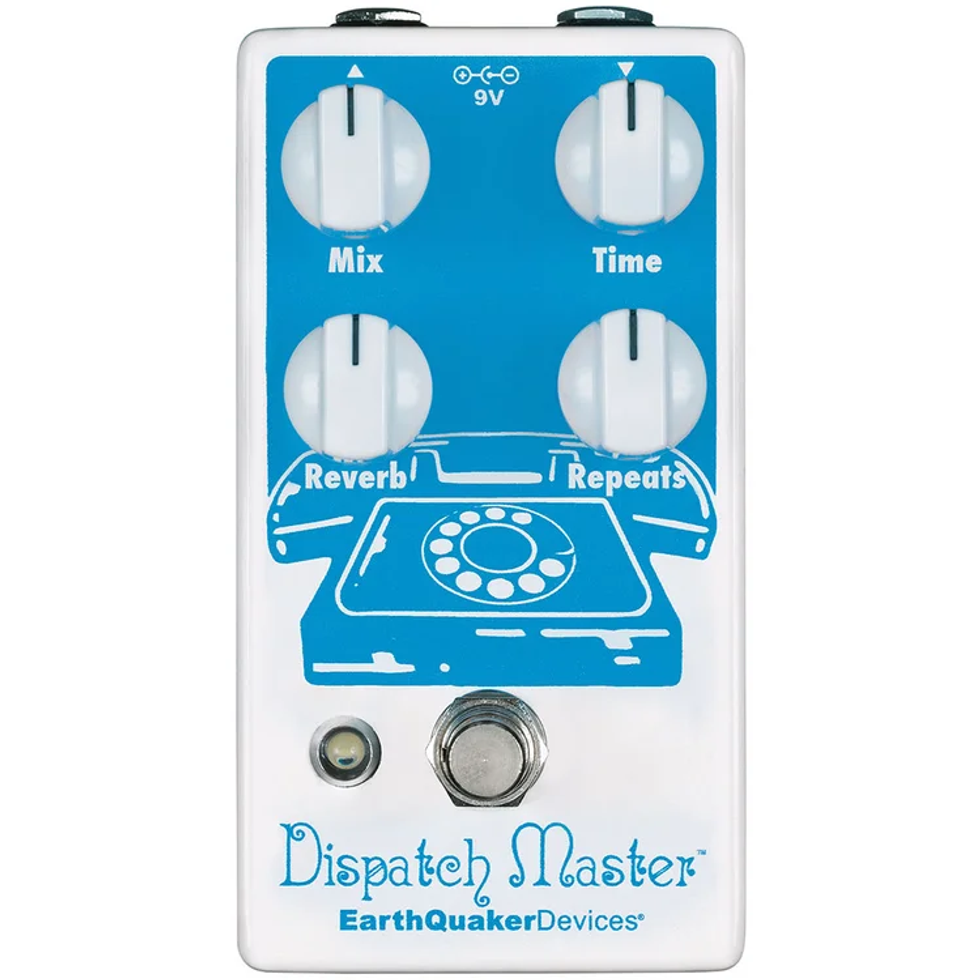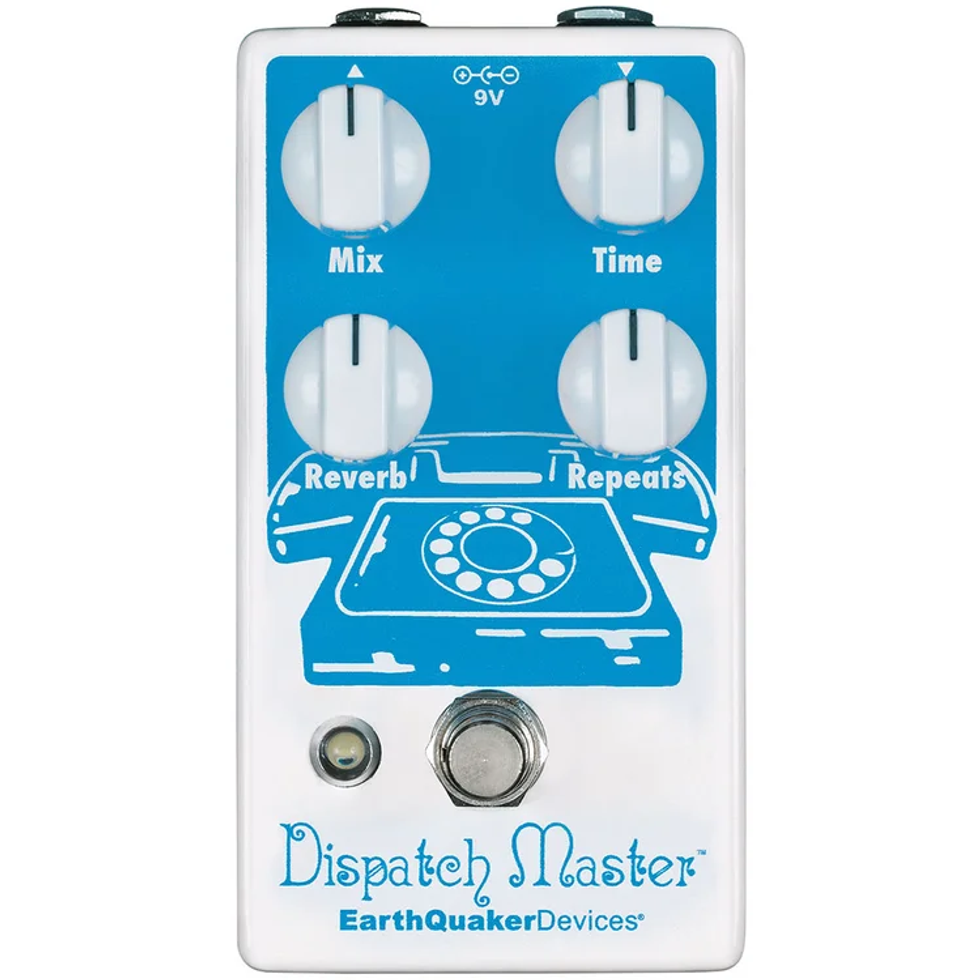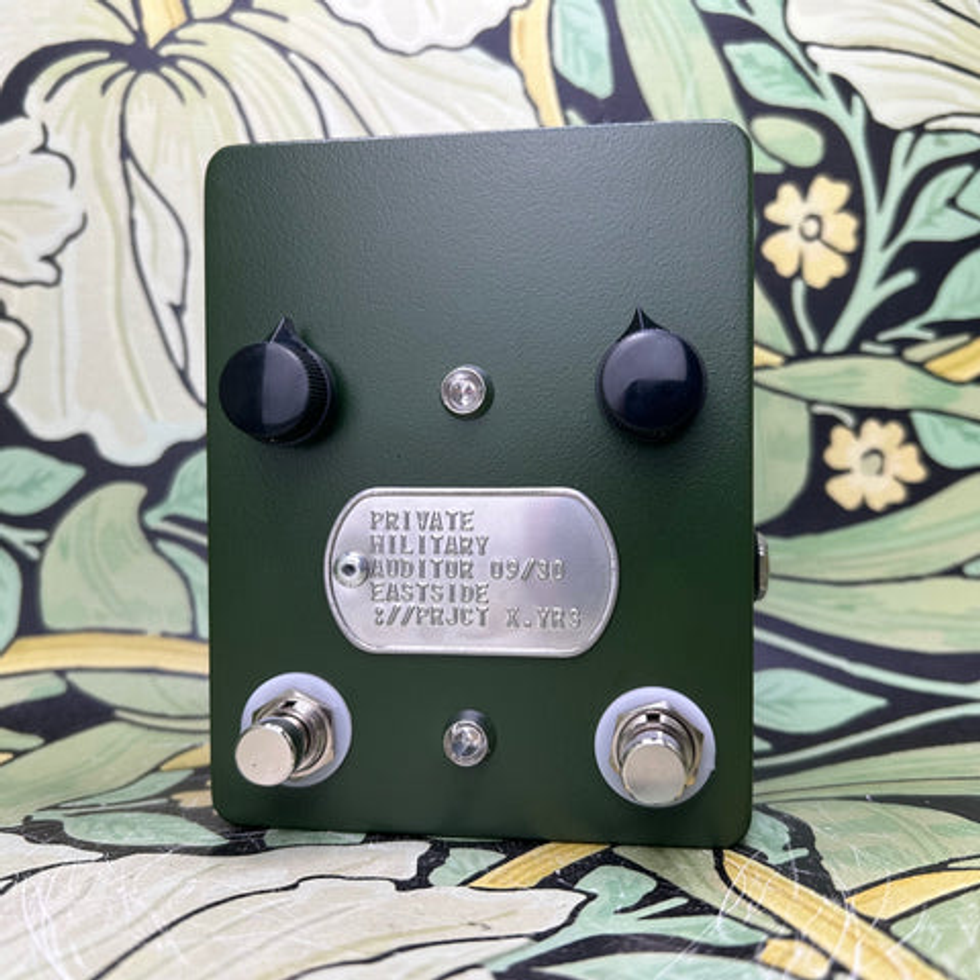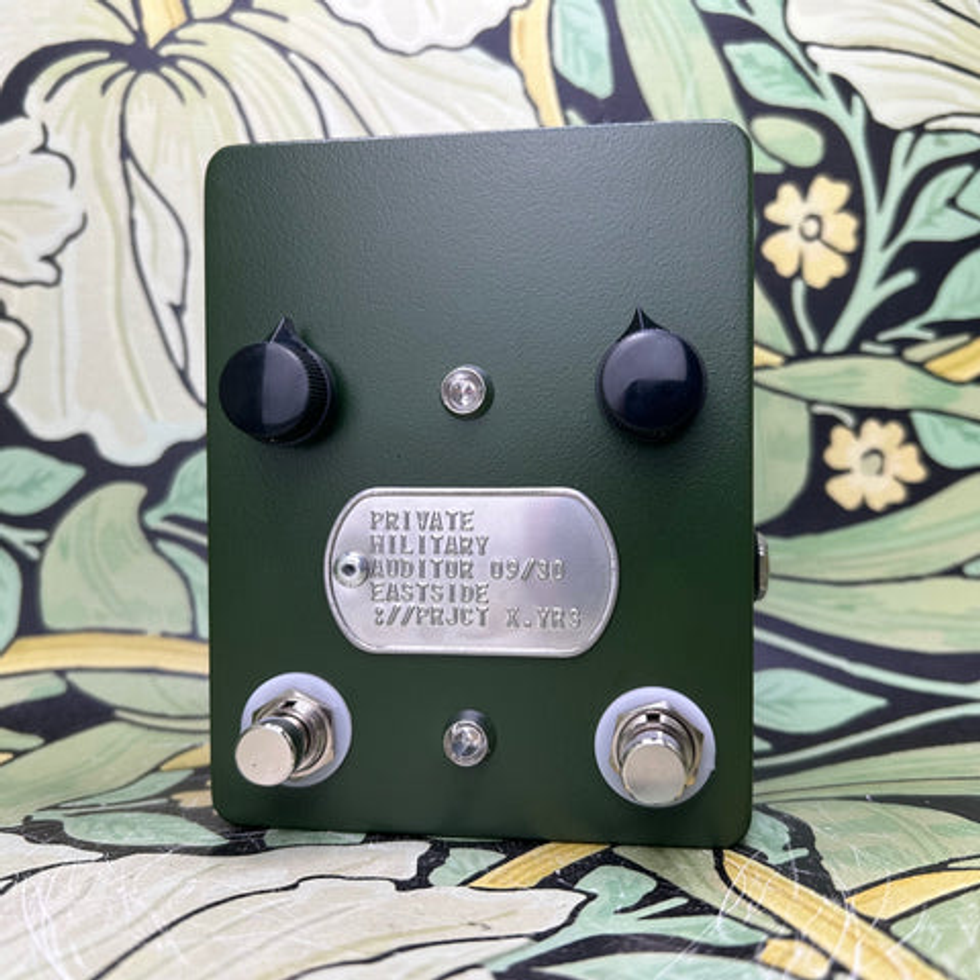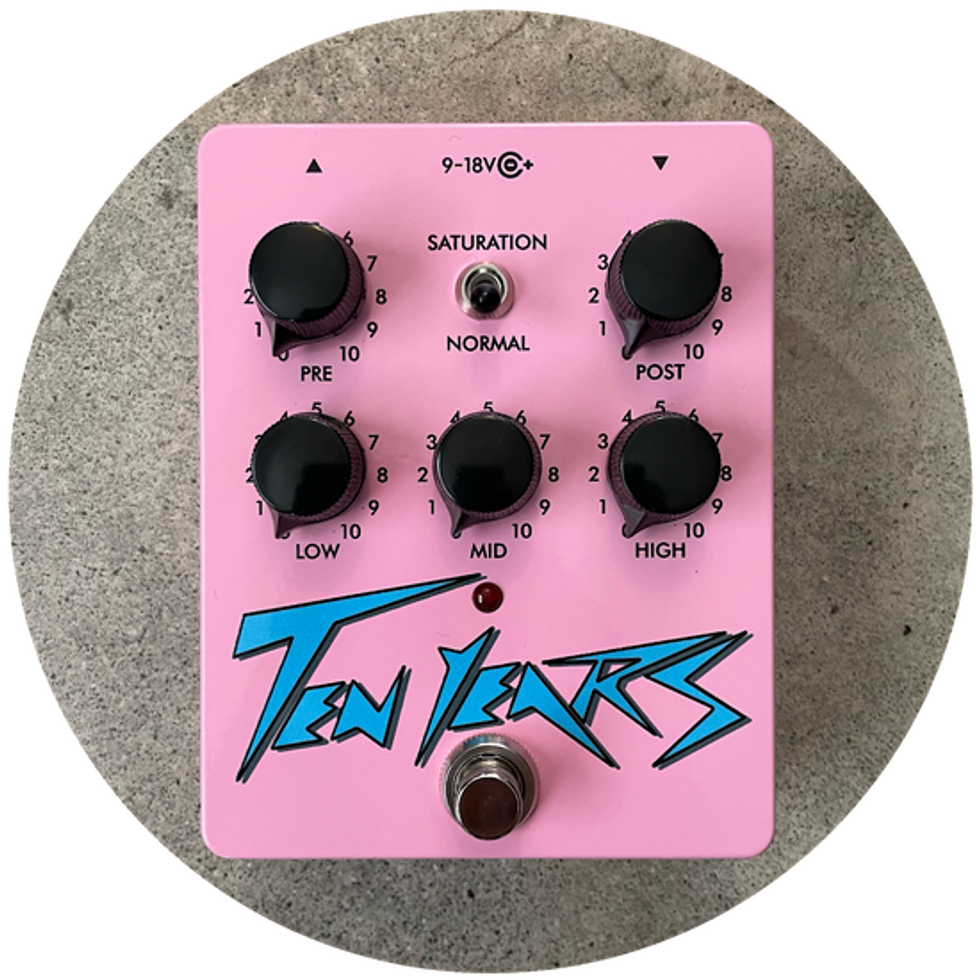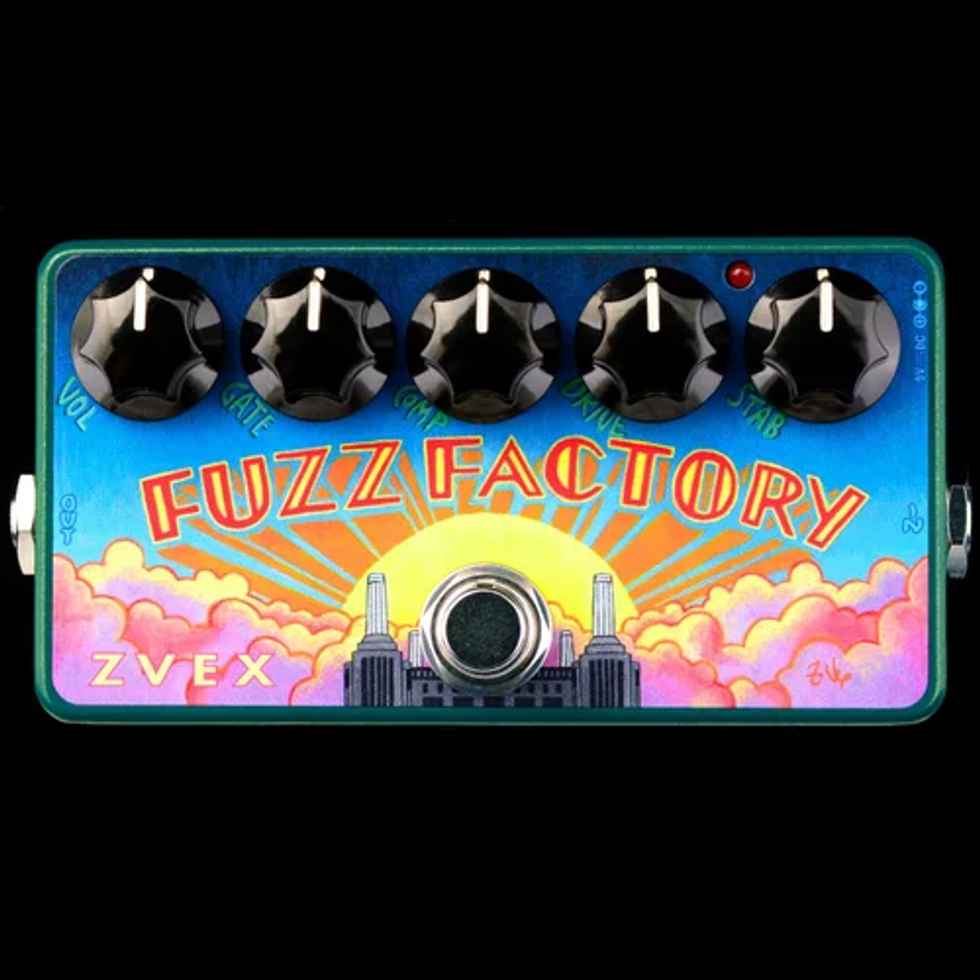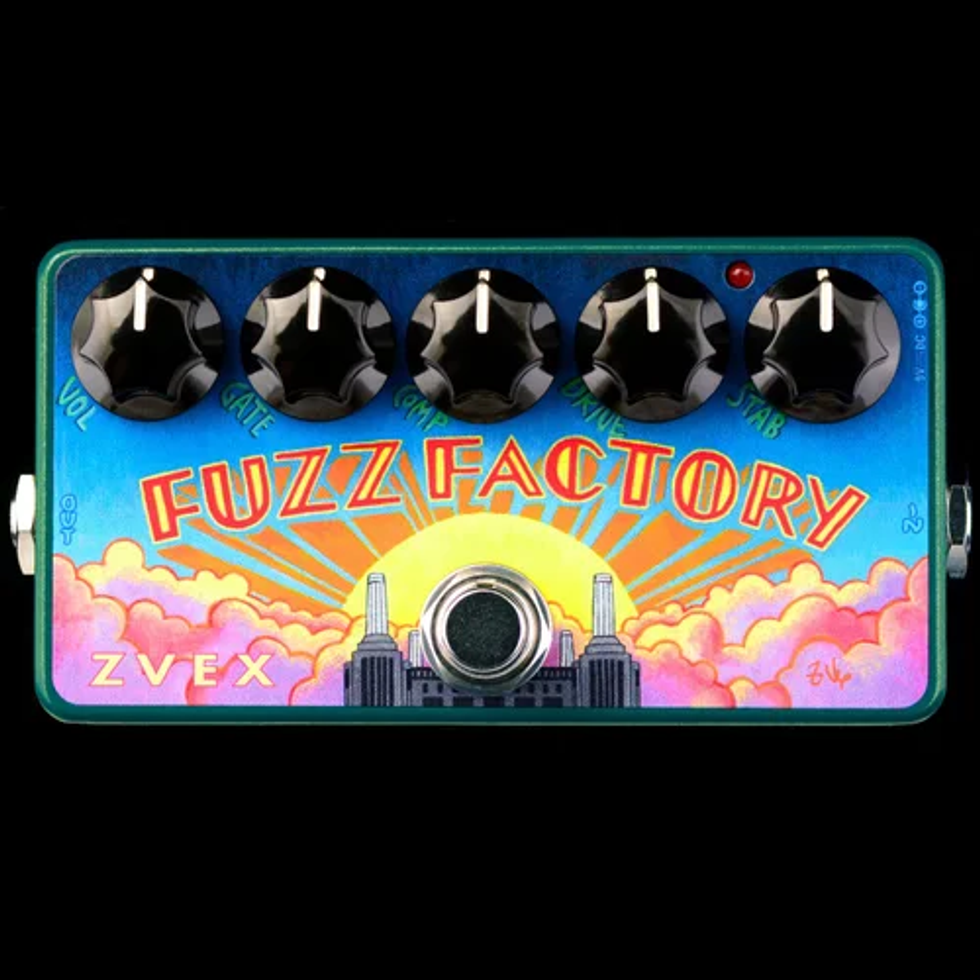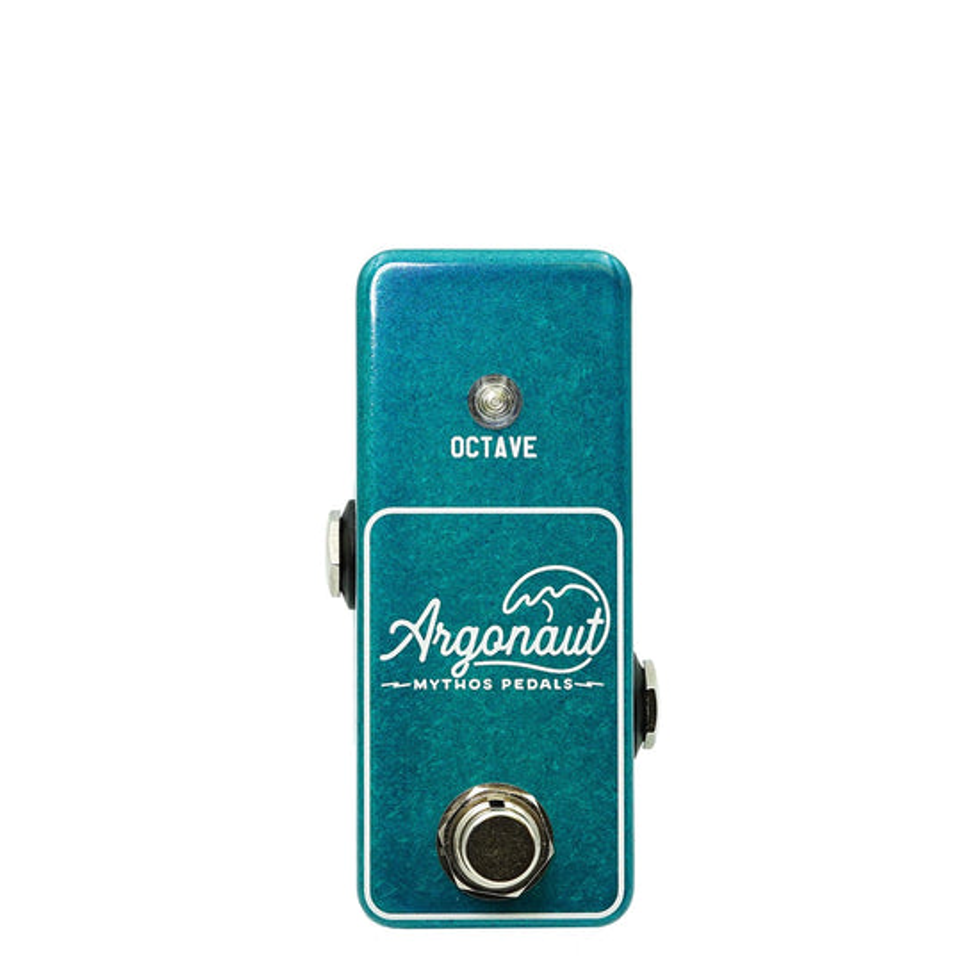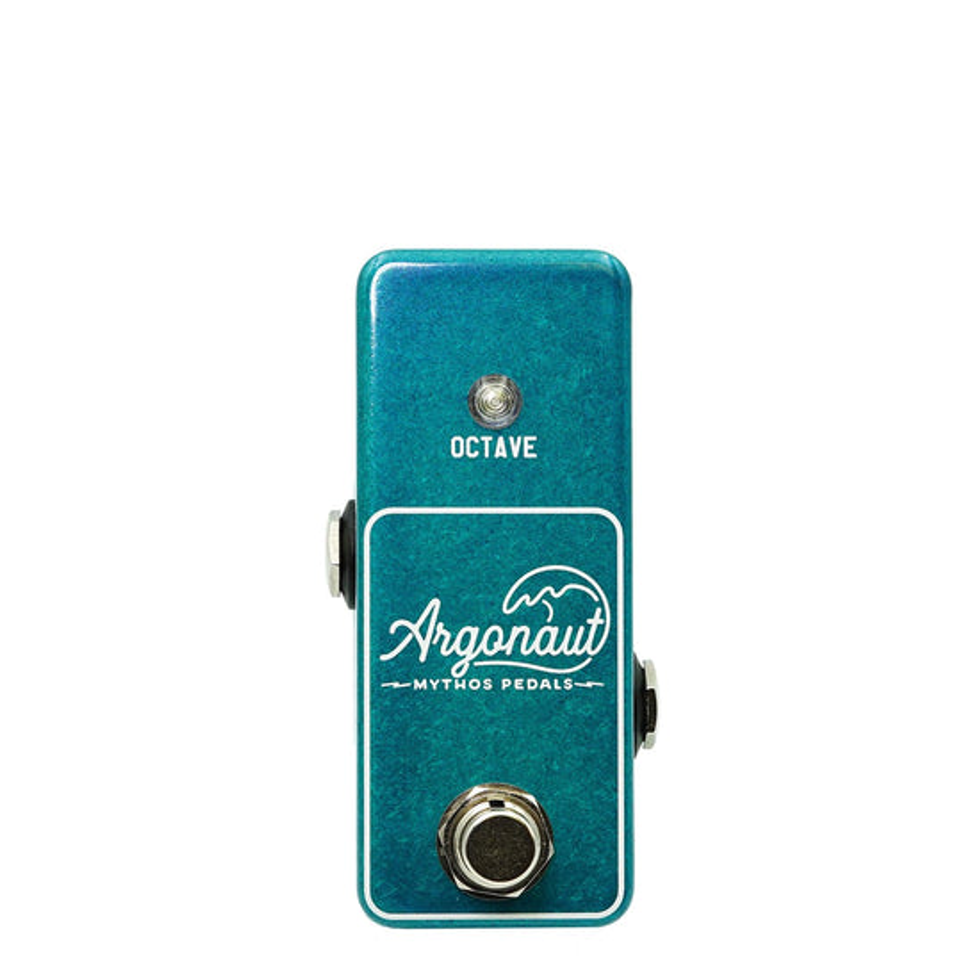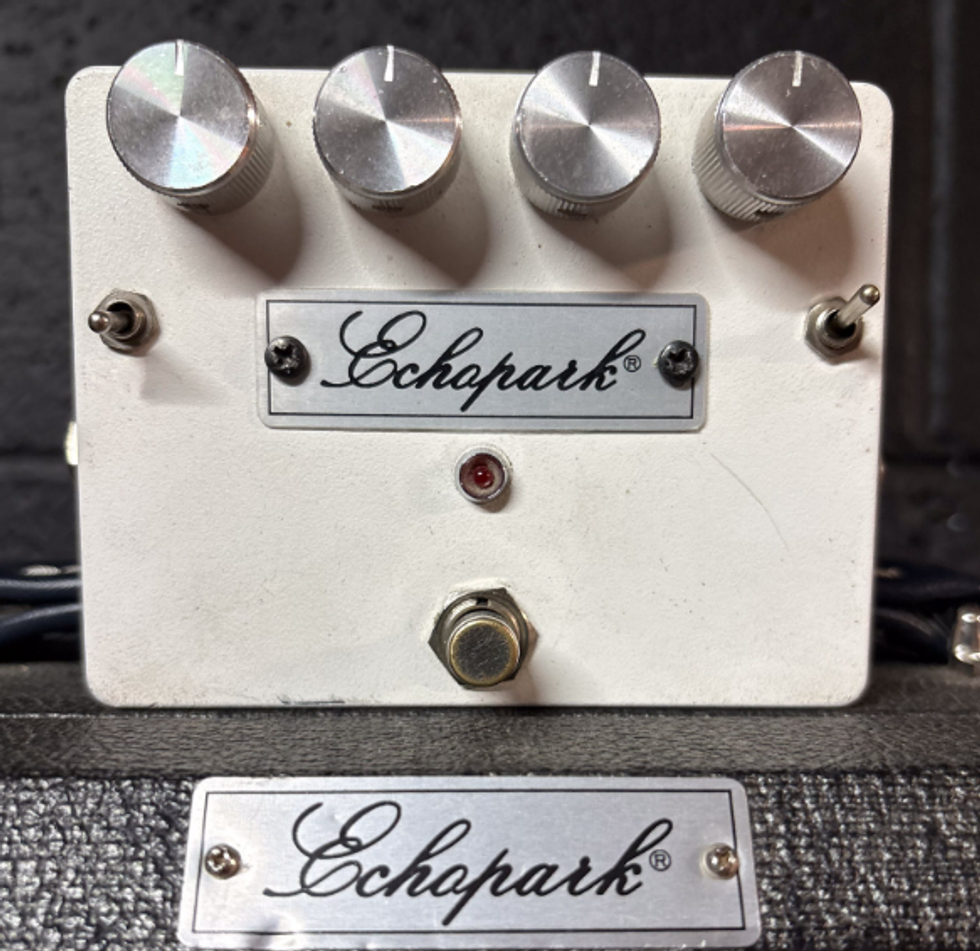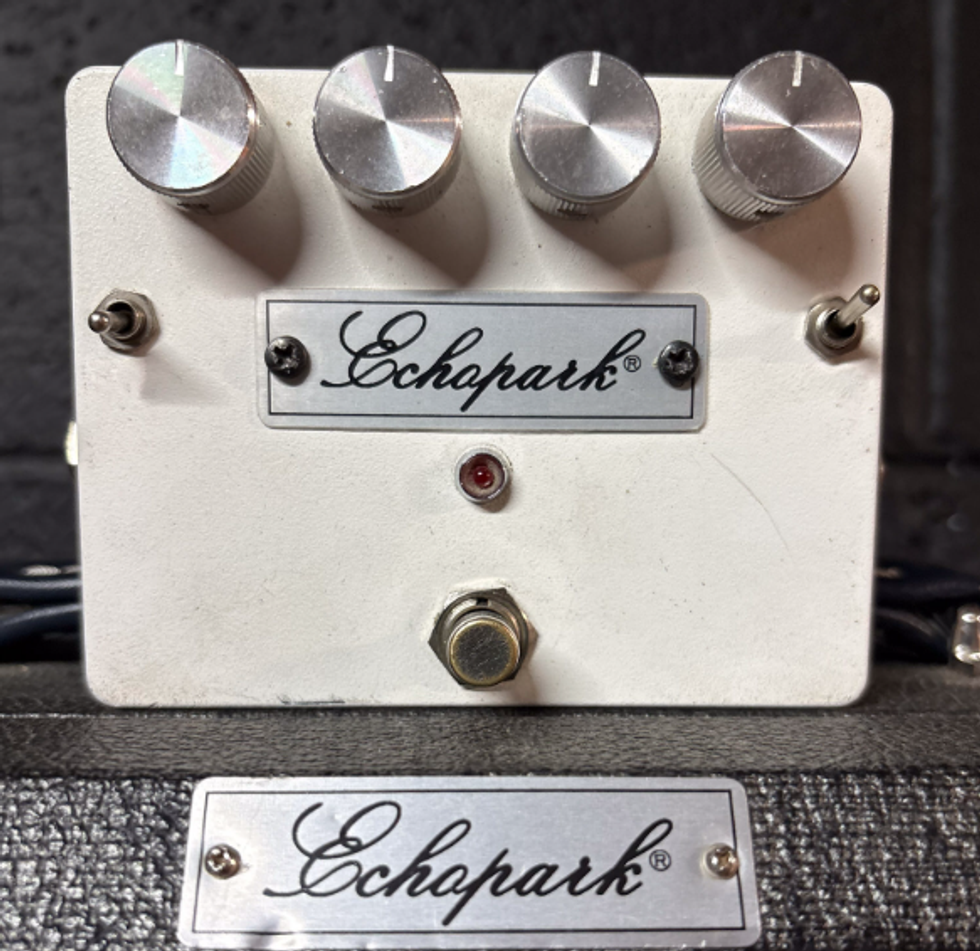For a builder, the forks in the road are endless. Singlecoil spank or humbucker heft? Maple-neck twang or mellow mahogany? One of my favorite tonewoods for tops is spruce, but it rarely comes up in solidbody discussions. It’s well suited for applications when a bit of airiness is desired, whereas using maple may affect string inertia and result in a harder tone. Even the choice between sugar maple and broadleaf maple can yield quite a difference. It’s both a complex puzzle and balancing act for the designer, who tries to stack the deck in just the right way and in the exact proportions to achieve the desired goal.
Along the way, there are always decisions and compromises. Sometimes cost is a factor— other times vanity—but the important thing is to make certain everything serves the bigger purpose in mind. I recall a marketing meeting where a colleague suggested that an incongruous feature be included because his teenage son said it was “cool.” I can’t remember if anyone laughed out loud. Be it for sonic reasons, marketing leverage, availability of materials, or cost, those incremental decisions come together in the final product to create the whole. This is before we even consider cosmetics.
Compared to choosing a guitar for its color, commissioning a custom instrument can be a labyrinth of unknowns for the average guitarist. And there’s no shortage of convincing arguments for each individual choice. The important thing is to keep your eyes on the prize and be true to your goal. If you are convinced that a particular wood is going to give you the look you desire, you need to keep its effect on the whole in mind. If it’s a bright sounding wood like rock maple, you may want to accentuate it with a longer scale, or offset it slightly with a shorter one. The type of bridge also needs to be considered carefully. Some bridges couple directly to the guitar’s body, while others are isolated on thin posts. A wraparound style is short on string length, but those that require a tailpiece add length, and therefore add tension to the strings. The result is a shift upwards in the harmonic signature of the notes. Choosing the feel of one bridge-type over another certainly has a sonic ramification.
Construction materials for bridges also matter. Aluminum, brass, and steel each chime in with a different contribution to the recipe. The metallurgy involved in the hardware can have a perceptible consequence and needs to be evaluated seriously. Aluminum is light in weight and it responds to the string quickly. Unlike steel, which reflects the string’s energy, aluminum resonates. Some interpret this difference as a lack of attack, while others call it “airy.” Purists even claim that the depth, diameter, and composition of bridge and tailpiece anchors make a difference in tone. I don’t dispute it, but doubt if I could pick up on that in a blind test. Still, if you are looking to reproduce a certain sound, all stones must be turned over.
As you can see, it’s already getting complicated, and we haven’t even scratched the surface yet. In an effort to provide some guidance here, I’m going to say there are four general categories to consider and I’ve listed them in order of importance.
Scale length and overall string tension. I’m going out on a limb by suggesting this is the most important decision to make, because it affects both tone and feel. Note that I’ve not limited this to just scale, because overall tension is the real issue here.
Neck material, dimension/ body material, and dimension. In that order. Of course, as the body gets bigger and perhaps hollow, this ranking can get inverted. Those of you who are certain that pickups overrule this thinking probably buy expensive vocal microphones instead of singing lessons.
Pickups/electronics. The previous categories create your instrument’s voice. Now you need to match the pickups to that voice, and my thought here is that a good choice can make or break a guitar. Don’t ever assume that because a certain pickup sounds good in one guitar, it will work well in another.
Everything else. From this point on, it’s a matter of finetuning. This isn’t to say that choices for hardware or shape aren’t important—they all add up. Every little percentage point has a way of getting together with the others to create the whole, so choose wisely.
Rather than plotting out a complete matrix for every possible choice and the resulting effect (not a bad idea for a book), I’ll just recommend that you make sure your builder has the experience and background to help guide you through the maze. My hope is that if your project is headed for the sonic cliff, your builder has the scruples to offer alternatives to your destination, instead of watching you crash and burn while he cashes the check. If an experienced builder suggests a turn in the road you hadn’t imagined, it’s probably worth considering. So, sleep on it and keep your real intentions in mind. Jol Dantzig is a
noted designer, builder,
and player who co-founded
Hamer Guitars,
one of the first boutique
guitar brands, in 1973.
Today, as the director of
Dantzig Guitar Design, he continues to
help define the art of custom guitar. To
learn more, visit guitardesigner.com.
Jol Dantzig is a
noted designer, builder,
and player who co-founded
Hamer Guitars,
one of the first boutique
guitar brands, in 1973.
Today, as the director of
Dantzig Guitar Design, he continues to
help define the art of custom guitar. To
learn more, visit guitardesigner.com.












![Rig Rundown: AFI [2025]](https://www.premierguitar.com/media-library/youtube.jpg?id=62064741&width=1245&height=700&quality=70&coordinates=0%2C0%2C0%2C0)












 Shop Scott's Rig
Shop Scott's Rig

